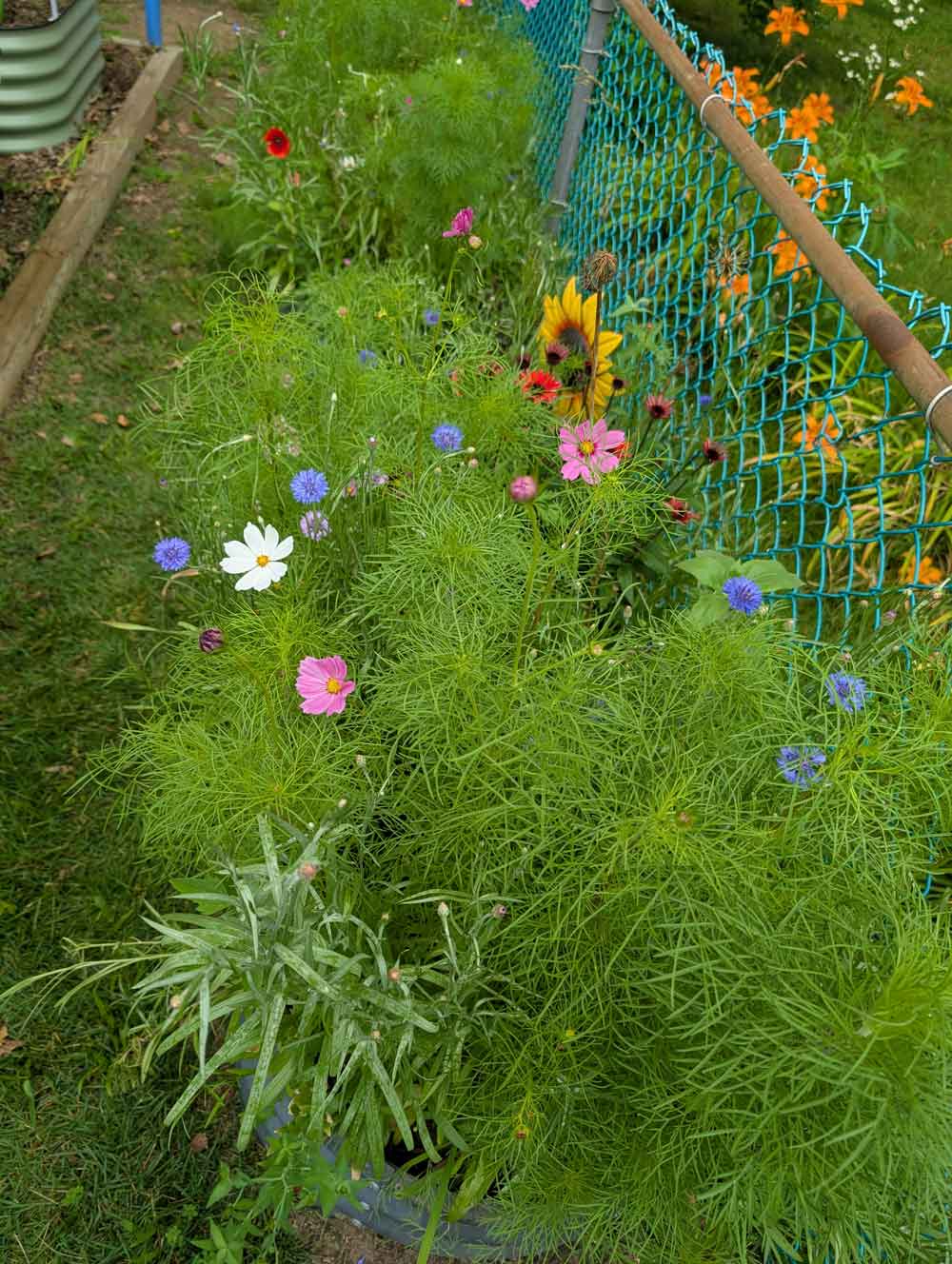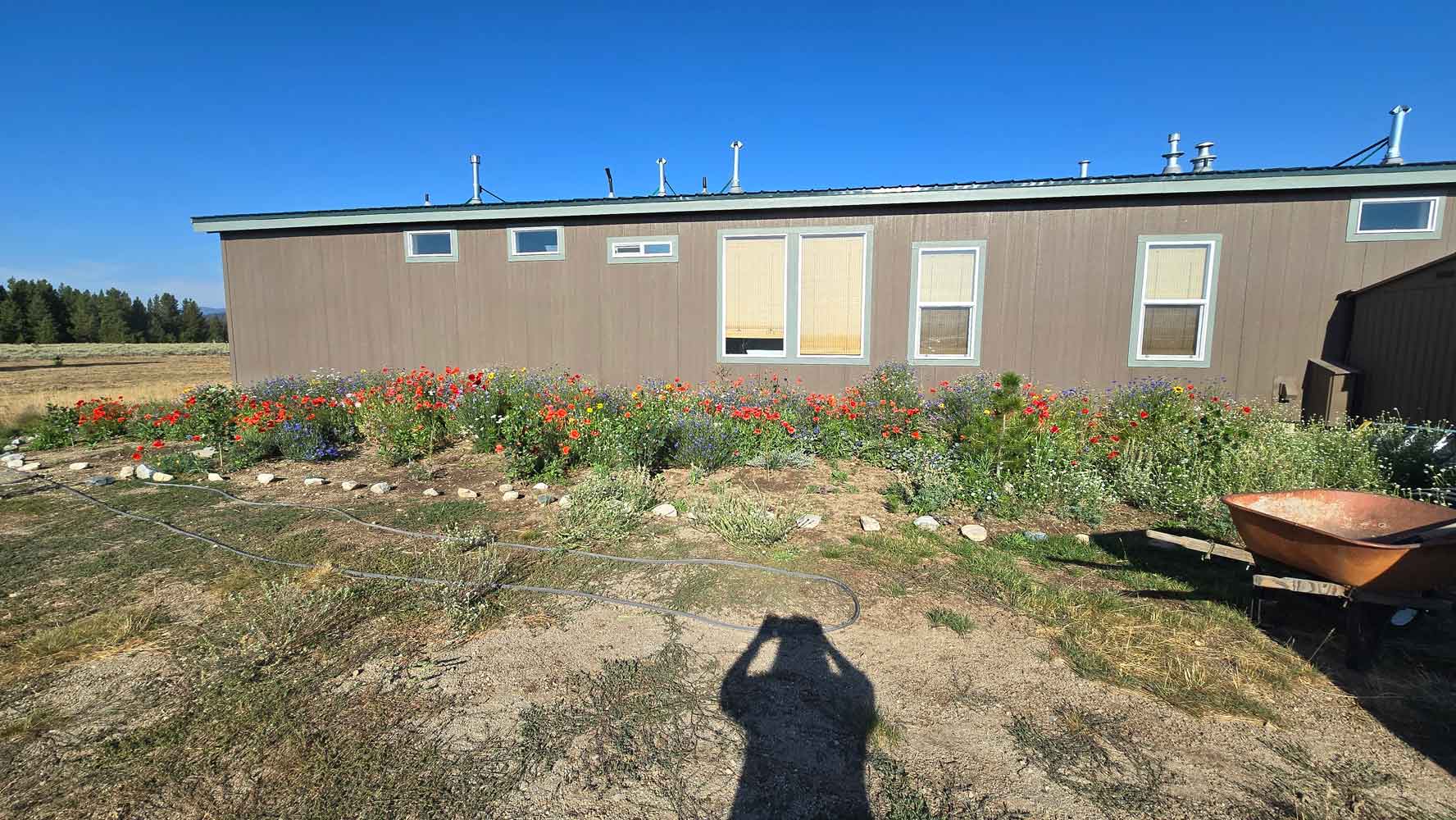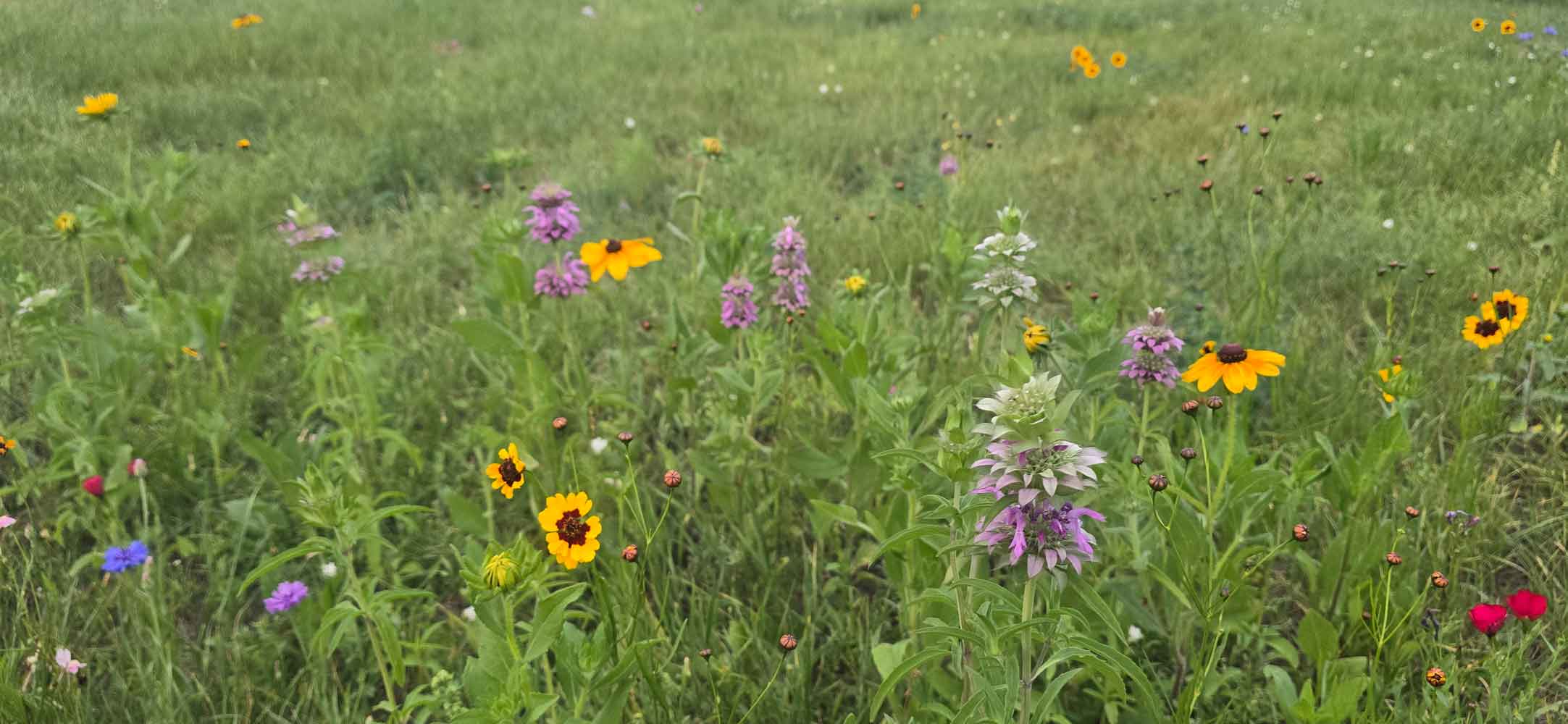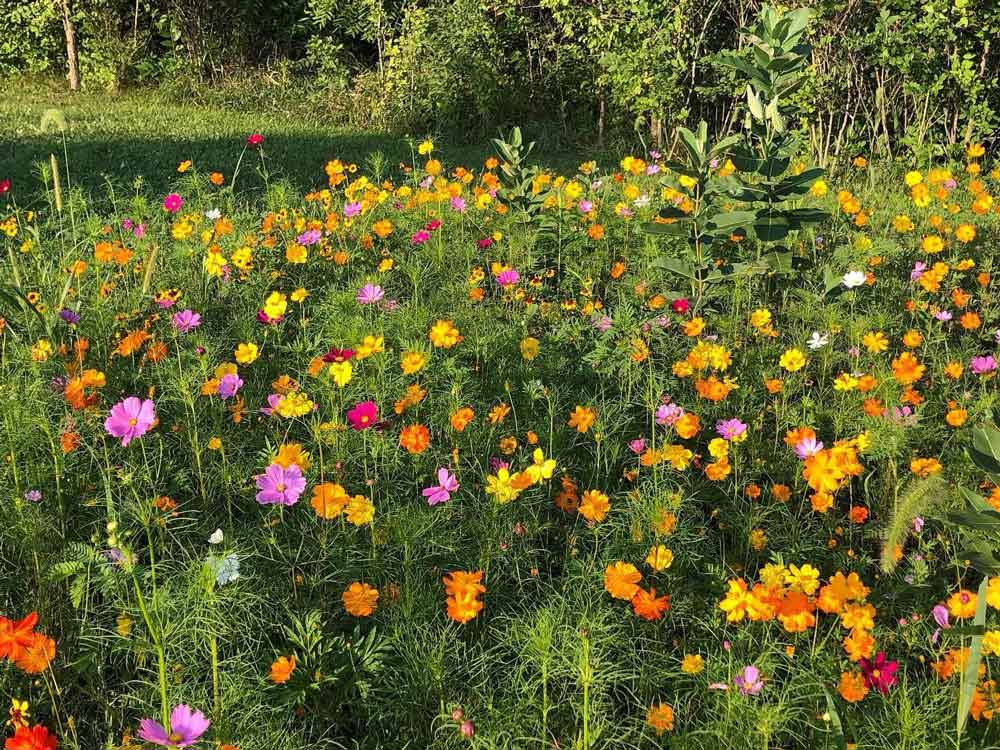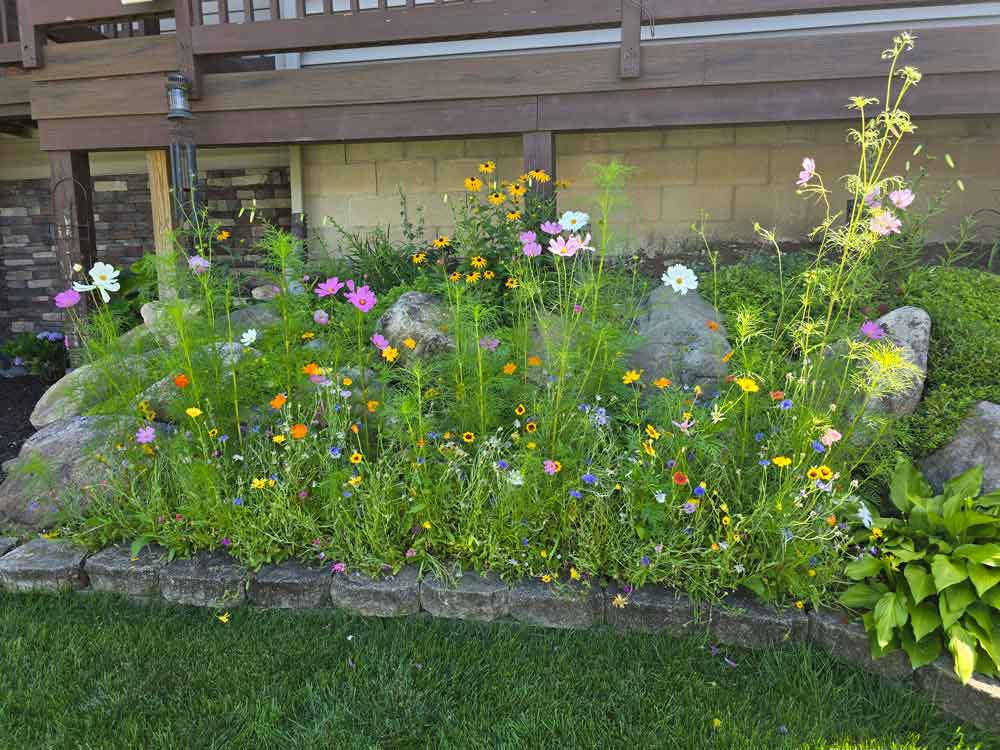About Wildflower Seeds
Planting wildflowers can transform landscapes into colorful, low-maintenance habitats. Success starts with proper timing, thoughtful site preparation, and appropriate seed selection. Most of our wildflower mixes contain both annual and perennial varieties. Read here to learn more about how to plant perennial wildflowers. Read here to learn more about how to plant annual wildflowers. The following guide outlines key principles for establishing a thriving wildflower meadow when your mixture contains both annuals and perennials.
When to Plant Wildflower Seeds
The best time to plant wildflower seeds depends on your local climate and rainfall patterns. In many of our zones, sowing in spring or early summer is ideal. Soil temperatures are warm enough for germination, but not yet so hot that maintaining moisture becomes difficult. For spring planting, it is best carried out within a month or so after the final frost of the winter season. It is important to not plant too early; if seeds are installed prior to a late-season frost, they will be lost for the season and will need to be re-seeded.
Avoid summer planting unless irrigation is available—hot, dry conditions make it hard to keep soil consistently moist for the four to six weeks needed for germination.
Fall planting is another effective option, especially where springs are wet and soil preparation is made difficult by these wet conditions. Planting in fall also gives you a jumpstart on spring blooms. In cooler zones, fall sowings should be timed after several hard frosts, when temperatures are too low for seeds to germinate but before the ground is frozen or snow-covered. This method is referred to as ‘dormant planting’. The seeds will remain dormant and sprout in spring when moisture and warmth return.
Where to Plant Wildflower Seeds
Though many wildflowers do tolerate some filtered shade, and a few actually thrive in it, the vast majority are definitely sun-lovers. Therefore, choose a location that receives at least six to eight hours of full, direct sun each day. Please keep in mind though, if your site currently supports no plant life, not even weeds, wildflower seeds may struggle to survive here as well. In this case, soil amendments or light fertilization may be necessary.
Your site will also need moisture, so choose a planting time with anticipated rainfall, or an area that you can assure will be kept irrigated for at least the first four to six weeks.
How to Plant Wildflower Seeds
Wildflower seeds require light to germinate, so be careful not to cover them when planting. Learn more about germination light requirements here.
Clear the area by removing any existing plants, weeds, and rocks. Lightly till the soil if needed to help remove growth and to loosen to a depth of just a few inches. Tilling deeply and vigorously only brings more weed seeds to the surface to compete against your wildflower seeds. Don’t panic when some weeds sprout along with the flowers, this will happen when the soil is worked. Wildflowers will generally sprout in all but the most difficult conditions and pampering your site with fertilizer or rich sod is not usually necessary.
We recommend mixing your seeds with sand – 5 parts sand to 1 part seeds. This allows for a more even distribution and the sand color provides a convenient way to mark which portions of the site have been seeded and which have not. For a smaller area, you can hand-broadcast the seeds. For larger areas, we recommend a seed spreader to create a better cast of the seeds. For areas that are larger than an acre or on steep terrain, consider drill seeding or hydroseeding.
After the seeds have been sown, lightly compress the seeds into the soil about a quarter inch to protect from birds and wind. In smaller areas, you can simply walk over your seeds to compress them into the soil. Larger areas may need a roller to press the seeds in, giving them good seed-to-soil contact.
Watering is critical during germination. Maintain consistent moisture for four to six weeks after sowing, reducing watering as seedlings mature. As wildflowers become established they typically need less moisture. In drought or arid regions, up to a half inch of supplemental water weekly may be necessary.
How to Care for a Wildflower Meadow
During the first growing season, annual species dominate and provide quick, bold color while perennials establish their root structure and provide some green growth. In the second year and beyond, perennials take over and natural reseeding may occur depending on species and climate. After seeds set in the fall, the area can be mowed down to four to six inches high. Leaving clippings in place to help reseed the area. Do not till the area, remember that your perennial roots are there and should be left undisturbed.
Many people love the flush of bright, bold annuals that dazzled in the first growing season. If you would like to augment your area with annual seed, consider tilling a strip of land in front of your meadow to reseed annually. This will bring you that bright color we all so love, while protecting the established perennials.

